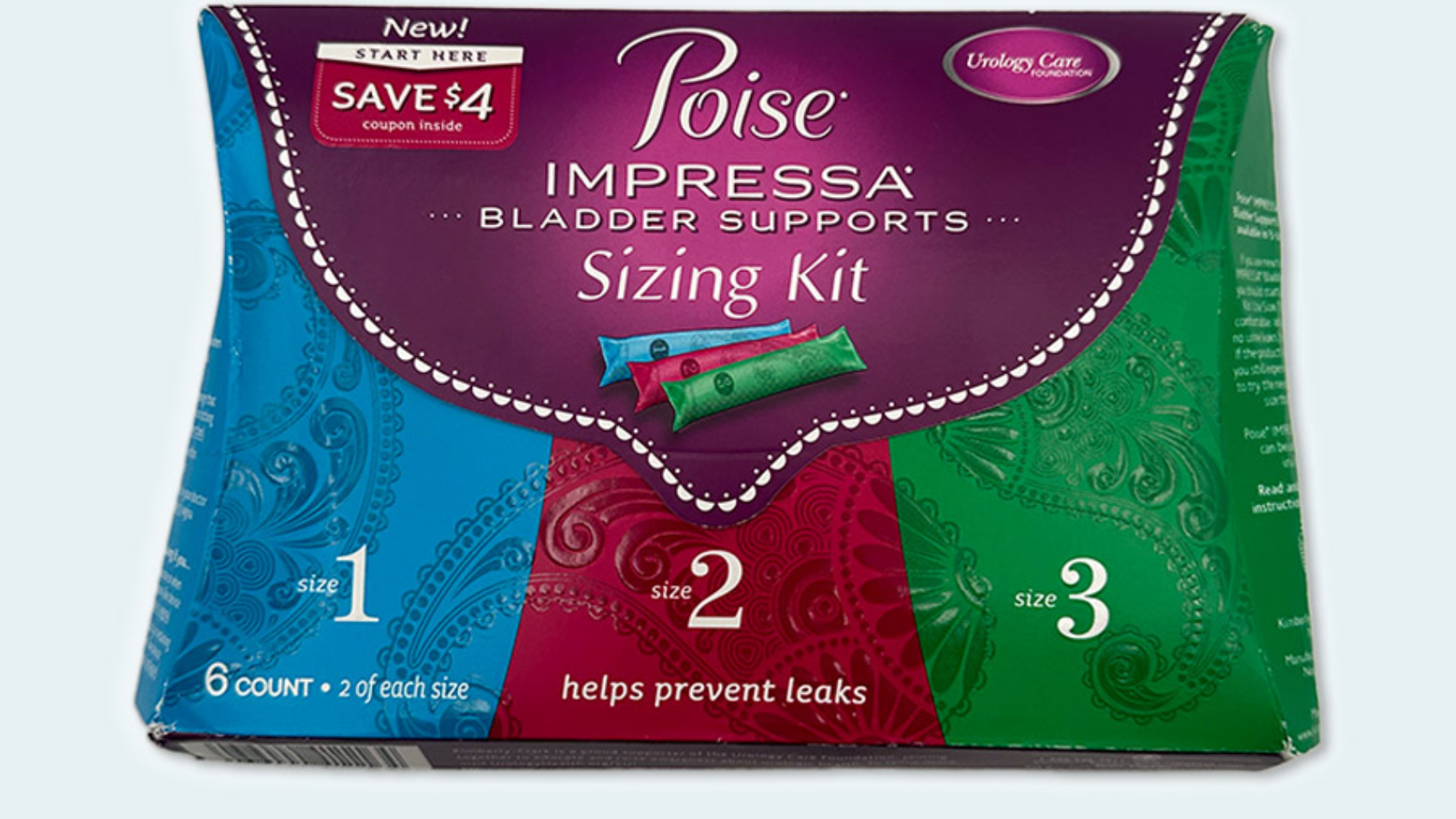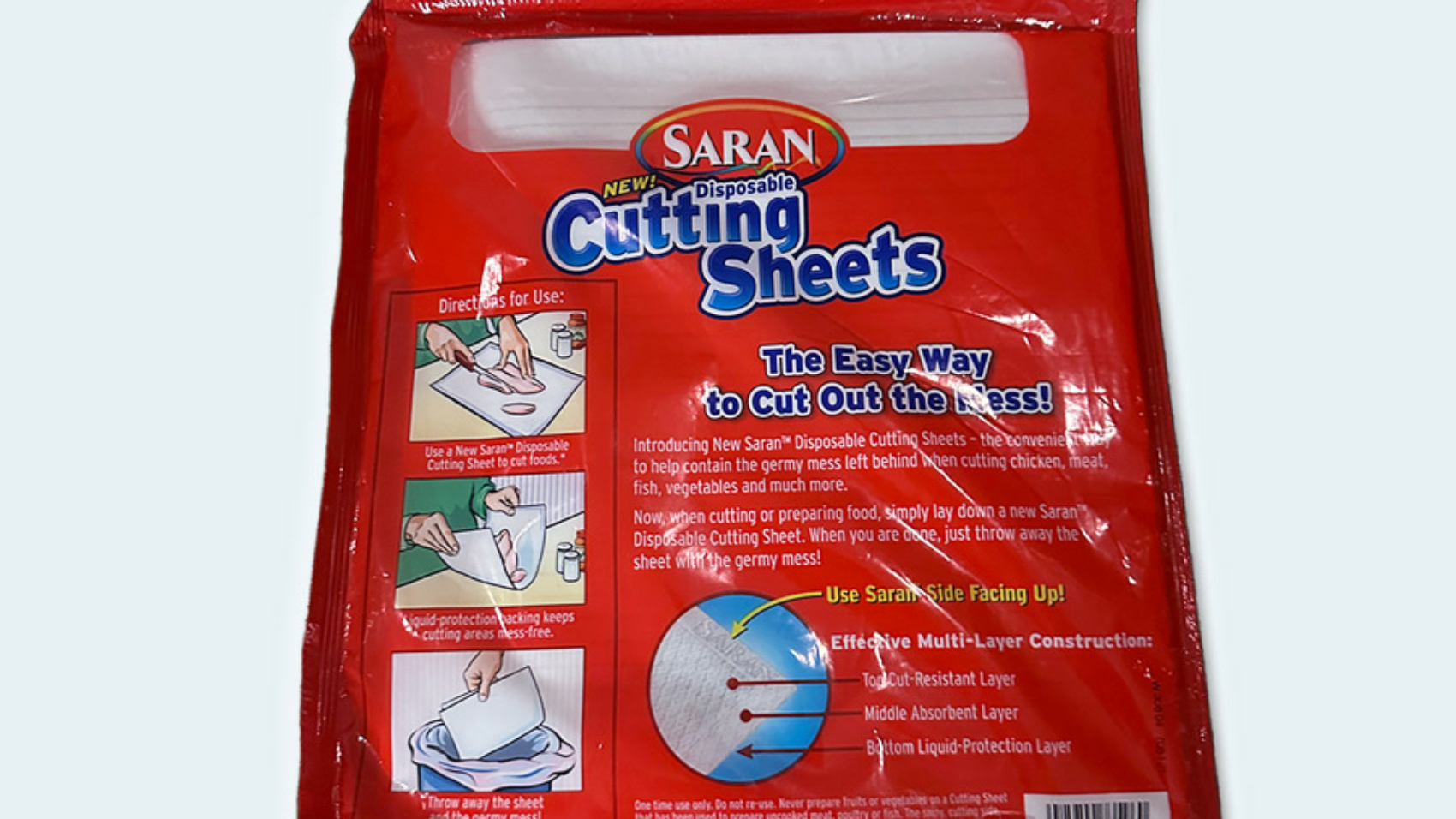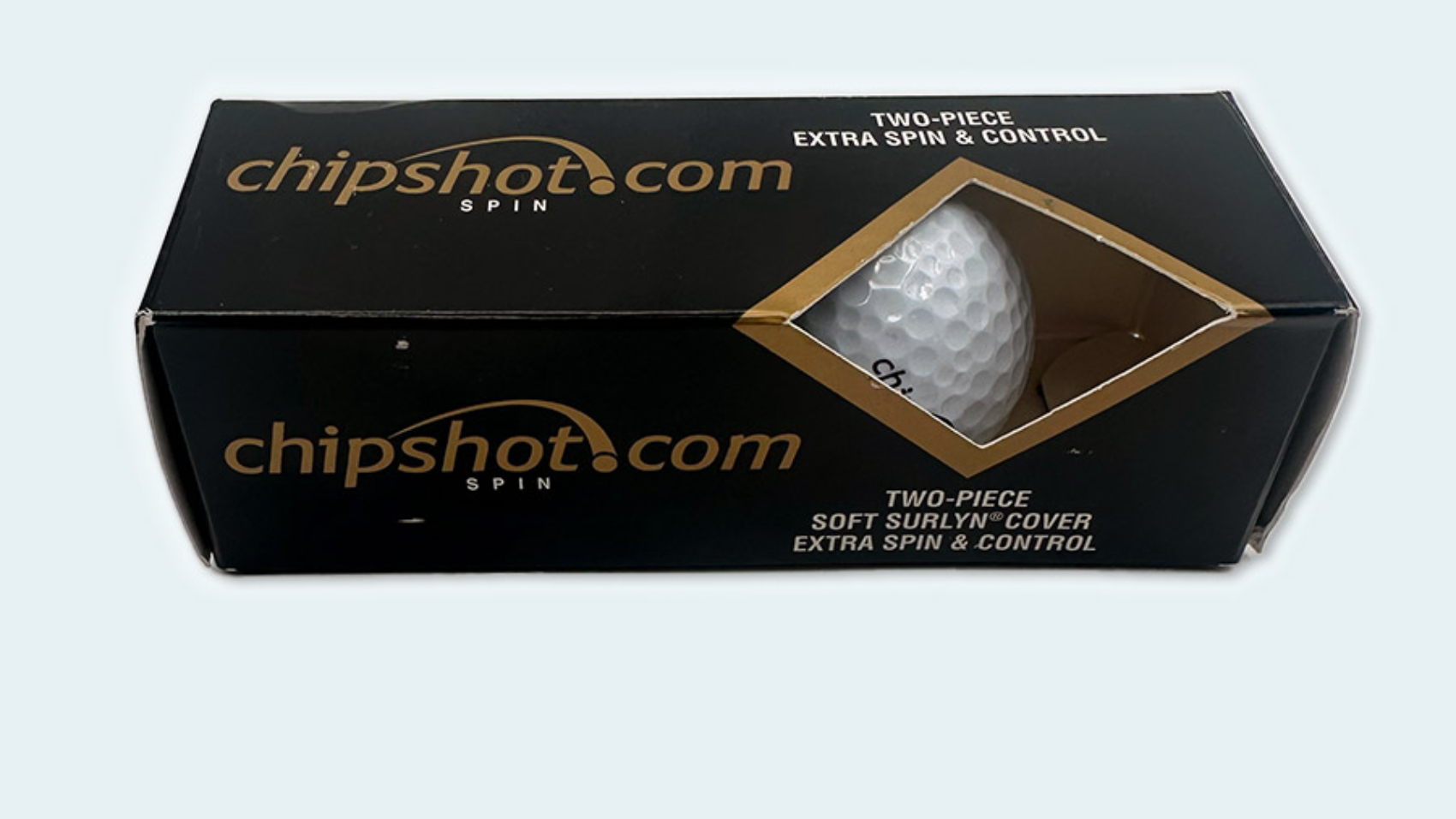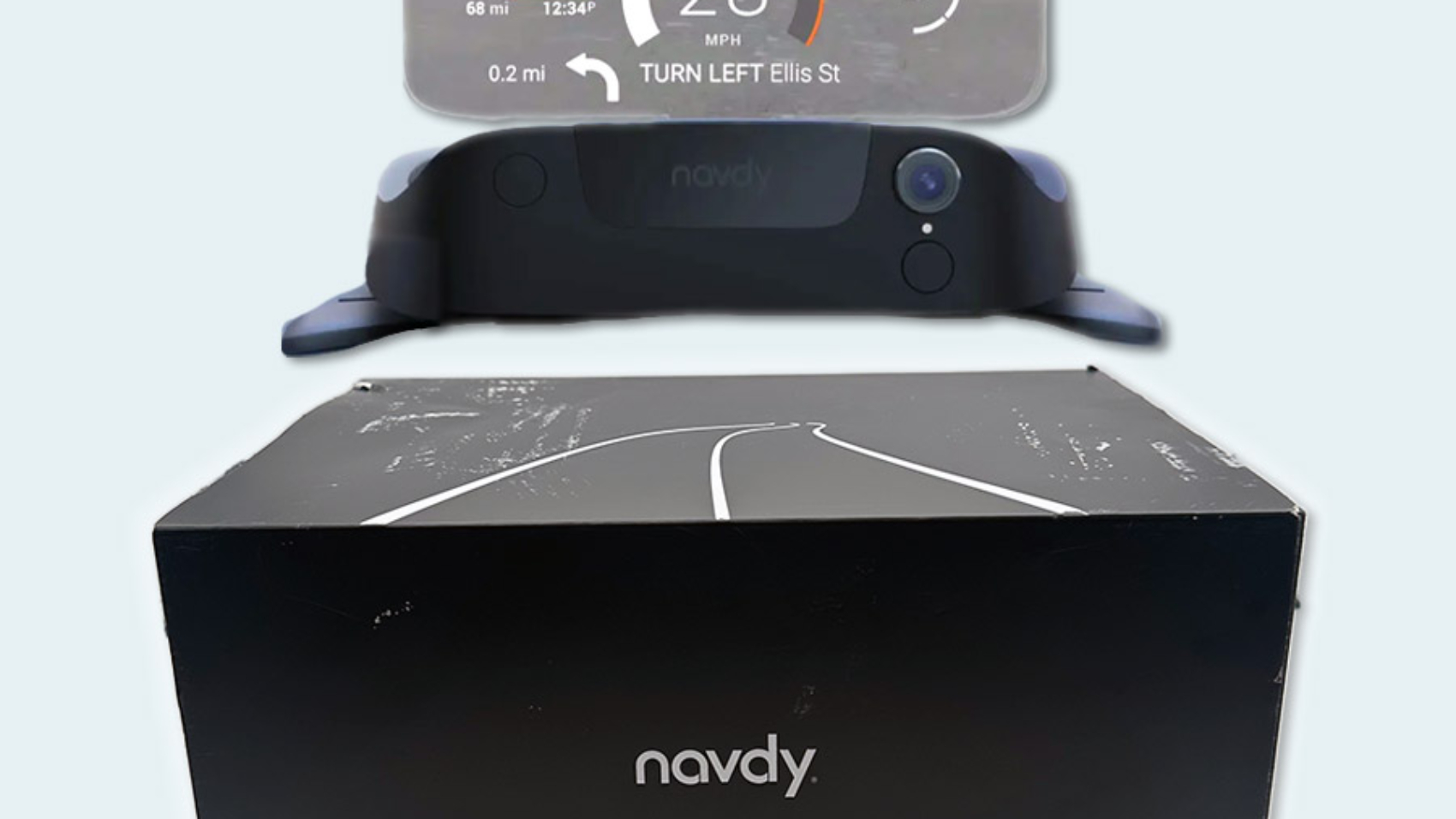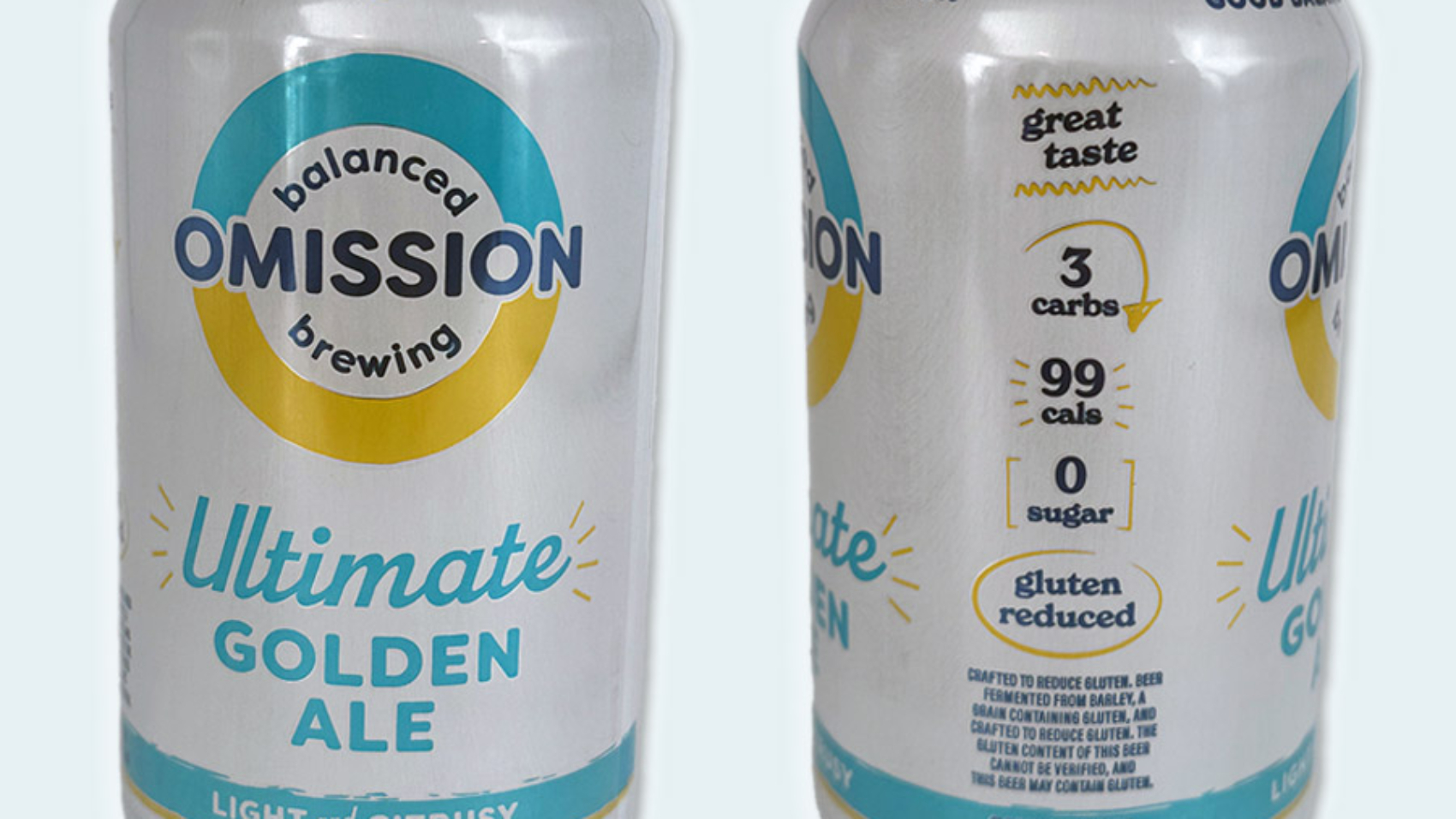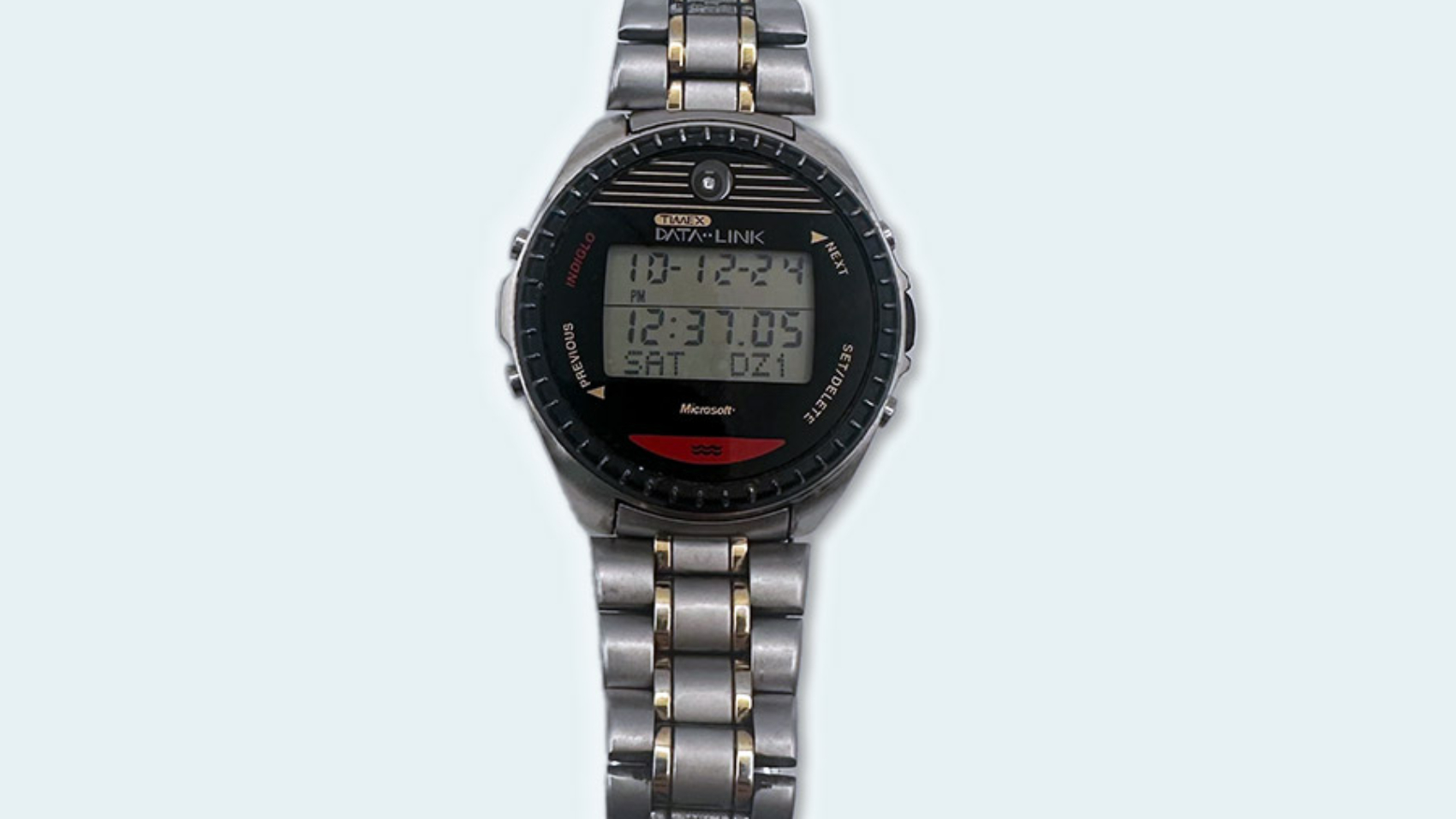The NFL created a line of plush dolls known as Huddles. A larger version of the 49ers Huddle the mascot during the 1980s. Since then the 49ers’ mascot has been Sourdough Sam.
Poise Impressa Bladder Supports
80% of women have light bladder leakage after one natural child birth because the uteran wall stretches out when women have kids. The Poise Impressa Bladder Supports was invented to prevent leaks. However, it’s difficult to explain in 5 words or less, getting the right size is difficult, and women often aren’t sure how to use it properly.
Saran Cutting (Board) Sheets
Premium priced products like “Saran Cutting Sheets” were placed on the top shelf at stores. However, since the item is so thin it’s was hard for consumers to know what it was. The items that make the money money in stores is placed just below eye level.
Chipshot.com
Launched in 1995 and shut down in 2002, Chipshot.com was an online golf shop that peaked at 200 employees and $35 million in annual revenue after having raised $50M. The company struggled to survive with a myriad of competitors and in navigating the 2001 Internet bubble bursting.
Chipshot.com attempted to develop a one-on-one rapport with consumers by taking a page from Dell Computer’s operations manual. The company was the only sporting goods site that made customized golf clubs, which cost roughly half that of rival brands. This build-to-order approach allowed Chipshot.com shoppers to handpick drivers, irons, wedges and putters based on playing ability, gender, physique and budget. Rotating graphics and detailed charts with expert commentary simplified the purchasing process, which took about a week from order to delivery.
A big challenge was managing inventory as the potential number of clubs they could manufacture was unlimited. Plus most of their customers were novices and first-time buyers, and, as they improve, there was the possibility they will move on to more well-known brands as opposed to the inexpensive brand-name equipment they sold. They were unable to sell to more seasoned golfers who like to try out equipment at shops, while bypassing the channel agitated golf club makers.
Kleenex Daily Cleansing Cushions
Launched in 2017, Kleenex Daily Cleansing Cushions were designed for a broad market of people who would clean their face. However, the only buyers used the cushions for beauty care leading to its demise in 2018.
The goal was to reposition Kleenex as a broader personal care brand rather than just tissue. The move into beauty and cleansing products confused consumers—they didn’t see Kleenex as a trusted skincare brand.
Navdy
Launched in 2014 and shut down 4 years later after having raised $80M, Navdy’s user-friendly device was meant to be installed on the dashboard of a car, right in front of the steering wheel and help make driving much safer by getting people to look straight ahead at the road rather than at their phones.
Navdy also came up with its own ios app that linked up with the main HUD device and provided it with the relevant navigational output to display to the driver.
Navdy’s pitch was quite straightforward. Whereas head-up displays are increasingly common in some cars (generally performance or luxury models), they’re still a relative rarity on mainstream vehicles, and there’s usually no retrofitting possible from the automakers themselves.
Their solution, therefore, was a device that mounted on the dashboard that included a small, transparent display panel within the driver’s line of sight that would project navigational information right in front of the driver.
Navdy’s HUD device was initially priced at $799, but they soon found out that demand was not going to keep pace with such a highly-priced gadget as predicted. The price was soon slashed down to $499 but instead of an influx of new demand, Navdy would learn the hard way that the HUD market was extremely saturated.
As previously states, the HUD display market is not something new and is quite common in high-end luxury cars. Navdy planned to create a new market for HUD navigational devices for the average user, but their price did not justify their stated goals.
More importantly, most users were complaining that Navdy’s HUD and its mobile app were not developed to satisfy customer needs appropriately. They argued that the display did not blend into the car’s windshield like some of its high-end competitors’ but that the device rather sat in front of the user’s line of view.
This meant that Navdy’s HUD display was in no way a better display compared to looking at a GPS or phone mount that can be purchased for much less. A lot of the customers also felt that the product was very slow in displaying the GPS navigation from its dedicated ios app.
However, more than the product itself, what would really bring down Navdy was their quest to create their own complete navigation system that would substitute Google Maps or other such service providers.
The costs for maintaining this service were not as cheap as they probably thought, and the price of maintaining such an expensive venture coupled with a lack of substantial demand for their product would prove to be the final nail in the coffin for Navdy. The company eventually went bust in 2018 due to these shortcomings.
Omission (gluten reduced beer)
“Crafted to be the ultimate combination of better balanced attributes, great taste, plus always gluten reduced.”
Spalding NBA Ball
“In the previous few years, Spalding had a great success with Infusion, the basketball with a micropump inside and a high profile ad campaign featuring Kobe Bryant. They also had a winner with Neverflat, which reduced deflation annoyances by changing up the product materials, shipping methods and even the nature of the air inside the balls.” said USC Marshall innovation professor Jeremy Dann. “But their next innovation play came out really flat.”
In 2006, the NBA tried to implement a new synthetic ball, which the players unanimously hated. The league had decided to do away with the traditional leather ball in favor of a microfiber composite one, the rationale being that the composite material was widely viewed by the sporting goods manufacturing industry as the future. They were cheaper to produce than leather balls, and they were supposed to feel broken in from the get-go. And by the early 2000s, several college and high school leagues had already adopted the synthetic ball. Common complaints with the ball were that it became slippery when wet, that it didn’t bounce as well as the leather, and that its surface had more friction, leading to players report they were getting cut-up hands.
“The ball just tears [my fingers] apart,” the defending MVP Steve Nash said.
“I have to constantly put lotion all over my hands because my fingers are cracking and it’s causing splits on my fingertips,” said Ray Allen, who had set the NBA’s single-season record for three-pointers a year earlier.
Timex Data Link Watch
In 1994, Timex and Microsoft created this wristwatch computer as a wearable alternative to mainstream PDAs with additional attributes such as water resistance, that PDAs lacked, and easy programmability. It was the first watch capable of downloading information wirelessly from a computer. To download data to it, you held it in front of your CRT monitor while the monitor displayed a pattern of flashing black-and-white stripes. Depending on your point of view, it was either seriously cool or deeply disturbing.




